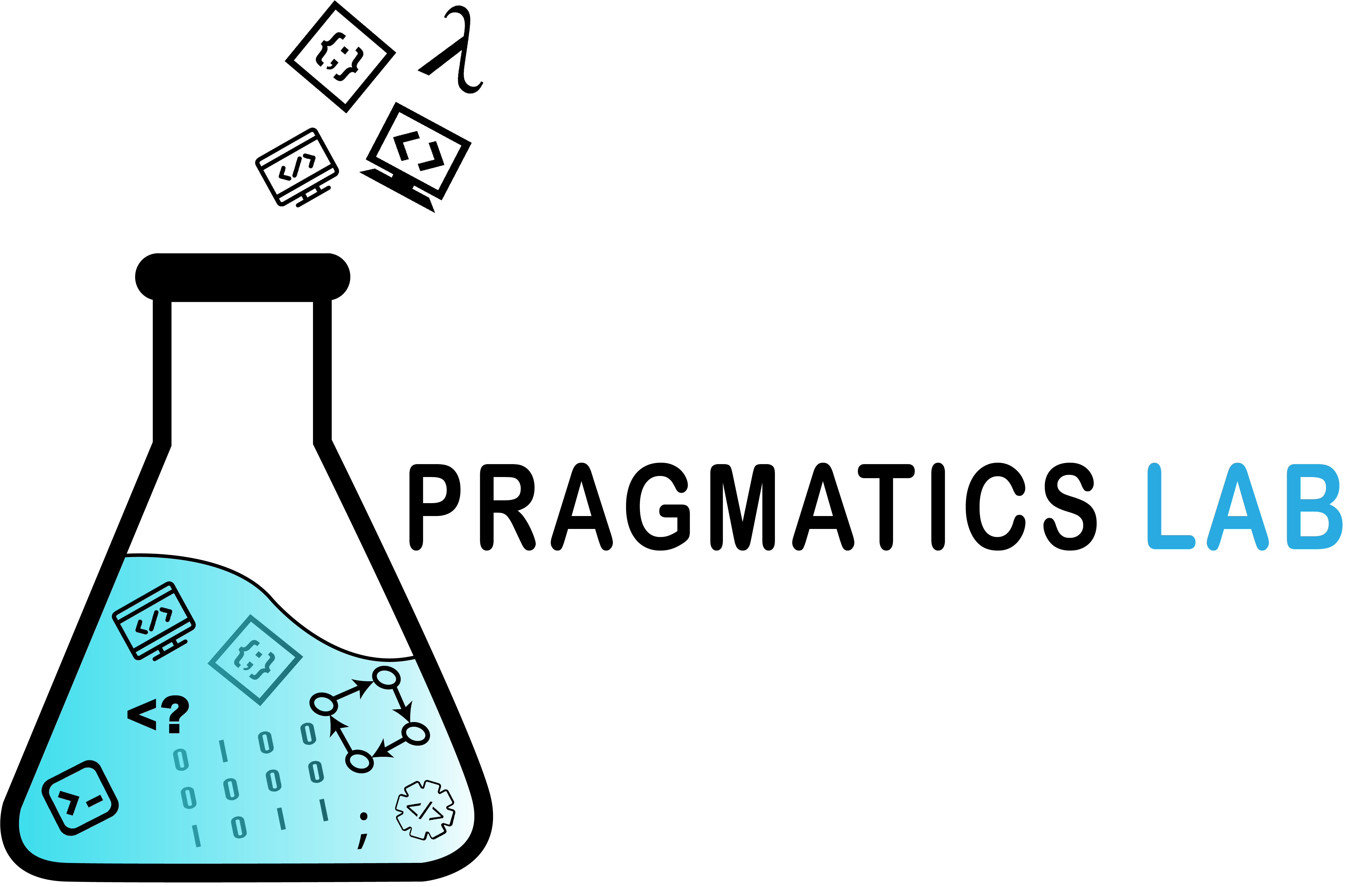We have published this paper in the journal Simulation: Transactions of the Society for Modeling and Simulation International. DOI: https://doi.org/10.1177/00375497241296542
ABSTRACT:
Business-to-Consumer (B2C) e-commerce has become a dominant, continuously evolving force in global retail. Most consumers today make cross-border purchases in marketplaces, while enterprises have found great opportunities, and competition has become increasingly fierce. To understand B2C properties is an important endeavor. This paper achieves two goals: it develops a method to prove tendencies in a simulation and shows the oligopolistic nature of cross-border B2C e-commerce marketplaces. These achievements enhance the understanding of cross-border B2C e-commerce, by employing novel approaches: Social simulation, agent-based modeling (ABM) tools, theorem-proving techniques, and scenario analysis. The proving method began with an experimental design to explore the model’s dynamics for parameters defined for specific scenarios of interest, and the agents’ options were randomly selected for a significant number of runs (Monte Carlo experiment). This procedure allowed us to identify and prove the necessity of a tendency (the oligopolistic character of cross-border B2C e-commerce) and determine the factors that drive it. In the second part of the proof procedure, the persistence, independence of the agents’ choices, and scaling validity of the tendency were shown by significantly increasing the number of random experiments and the number of simulated agents. The model was also validated. The developed method satisfactorily addresses some challenges of theorem-proving. In all these experiments, the variable of interest was market share. The resulting order of influence of the factors driving market share was recognition, product and service attributes of the marketplaces, and word of mouth. Surprisingly, word of mouth was the least important factor.

